Understanding the Importance of Resume Format
Your resume is your first impression. In a competitive job market, it’s crucial that your resume not only highlights your skills and experience but also presents them in a clear, concise, and visually appealing format. The format of your resume plays a significant role in how quickly a hiring manager can grasp your qualifications and whether they choose to delve deeper. A well-formatted resume showcases professionalism, attention to detail, and an understanding of the modern job application process. It’s not just about what you say, but how you say it, and the format significantly influences the ‘how’.
Why Resume Format Matters
A poor resume format can lead to your application being overlooked, regardless of your qualifications. Hiring managers often spend only a few seconds initially reviewing a resume. A cluttered, confusing, or poorly formatted resume is likely to be immediately discarded. On the other hand, a well-formatted resume makes it easy for the reader to quickly identify your key skills, experiences, and accomplishments. This clarity increases the chances of your resume moving on to the next stage of the hiring process. Moreover, different formats suit different career paths and experience levels; choosing the right one demonstrates your understanding of industry standards.
How Formatting Affects Readability & Impact
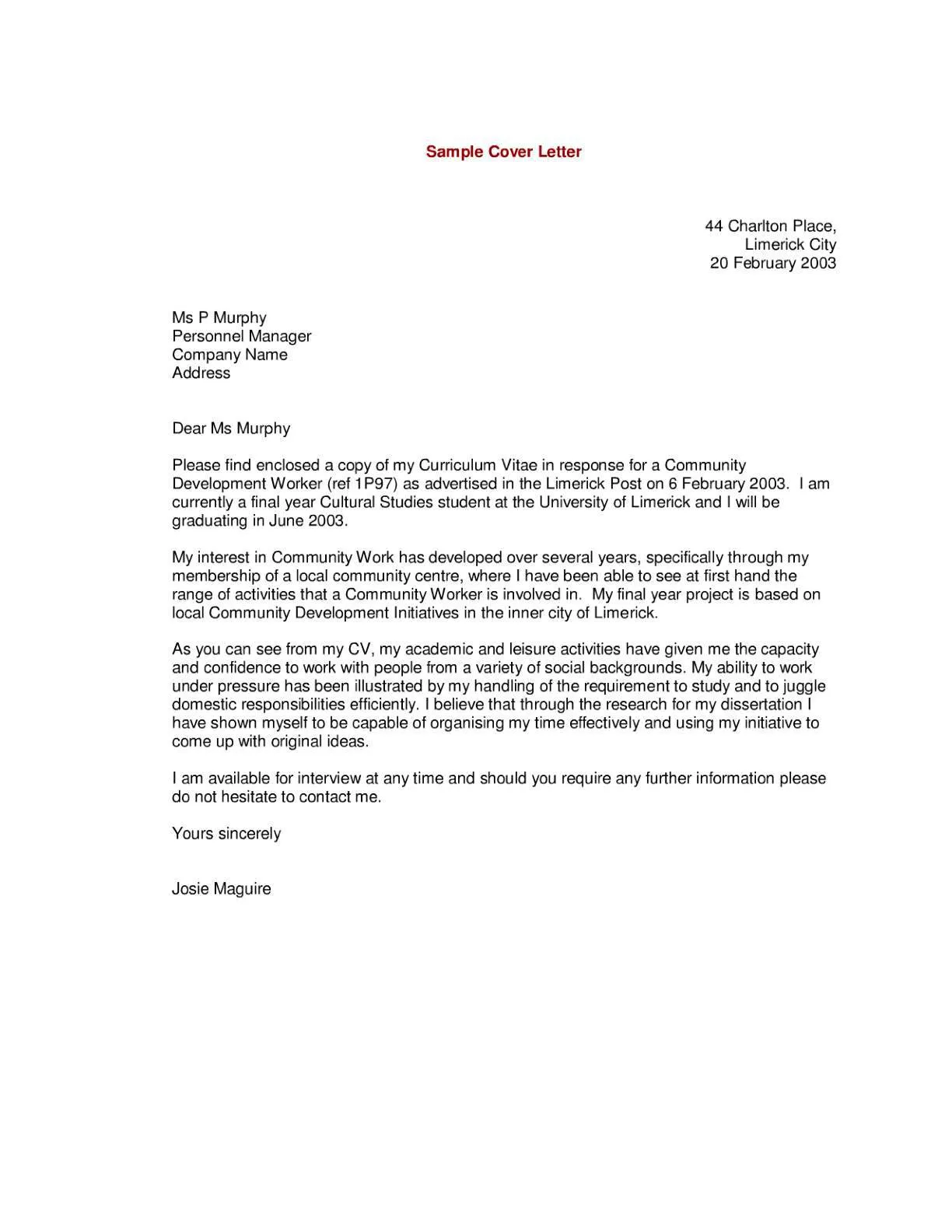
Formatting is crucial for readability. The use of white space, clear headings, bullet points, and appropriate font choices significantly impacts how easily a hiring manager can scan your resume. The more accessible your information is, the higher the chances that key details will be noticed and remembered. A well-formatted resume also creates a positive first impression, communicating that you are organized, detail-oriented, and take pride in your work. This, in turn, amplifies the impact of your qualifications, making you appear more professional and competent. A visually appealing layout keeps the reader engaged.
Top 7 Resume Format Tips
Choose the Right Resume Format
The format you choose should align with your experience, career goals, and the specific job you’re applying for. There isn’t a one-size-fits-all approach. Consider these common formats before deciding.
Chronological Resume
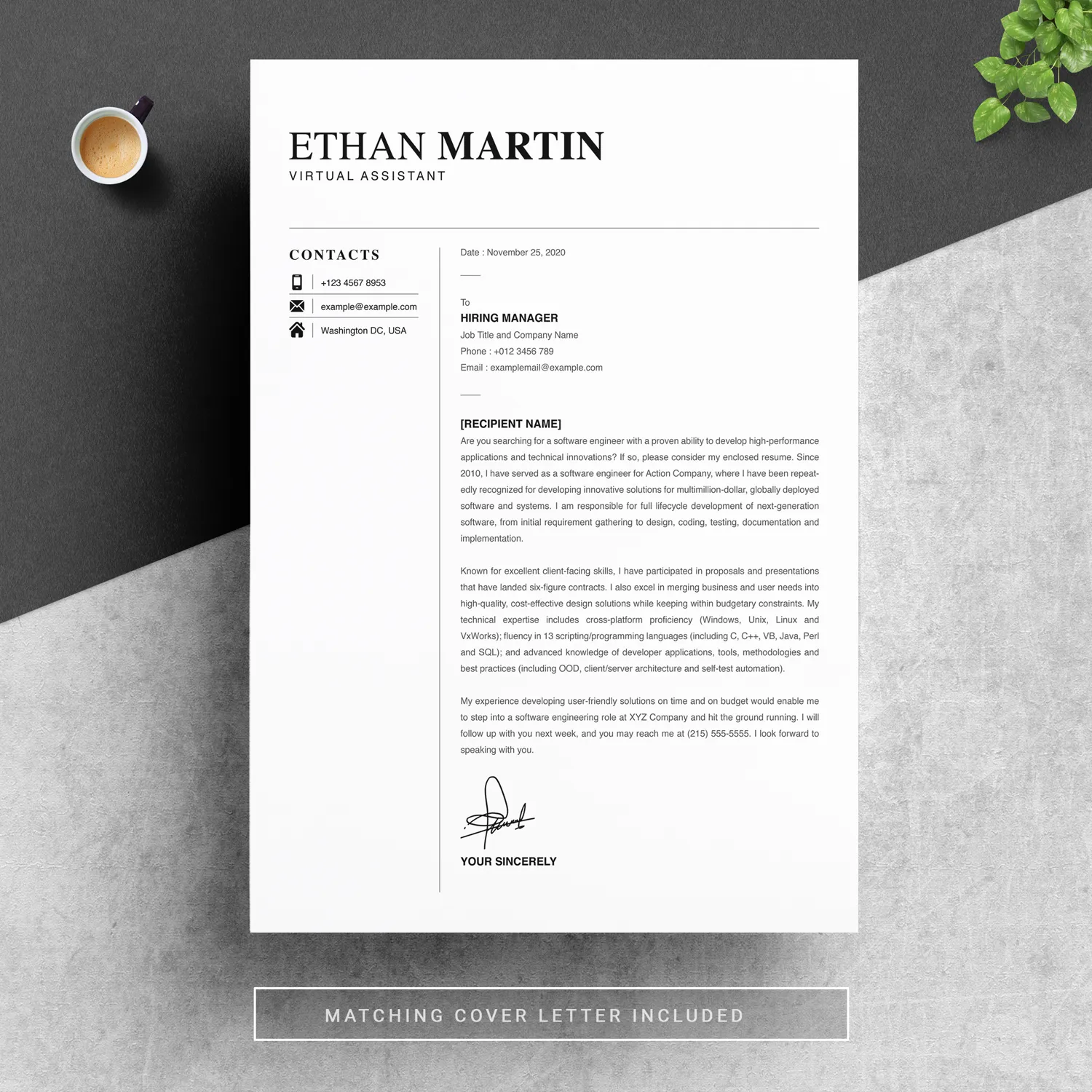
This is the most traditional format, ideal for candidates with a consistent work history. It emphasizes your work experience, listing your jobs in reverse-chronological order. It’s best for those with a clear career progression and minimal gaps in employment. This format is preferred by many employers, allowing them to easily see your career trajectory.
Functional Resume
A functional resume focuses on your skills and abilities rather than your work history. It’s useful for career changers, those with employment gaps, or those with limited work experience. This format highlights your transferable skills, making it easier to showcase your qualifications even if your work history is unconventional.
Combination Resume
This format blends the best features of both chronological and functional resumes. It highlights your skills while also providing a clear overview of your work history. This is a versatile option suitable for many job seekers, allowing you to showcase both your skills and your experience effectively. It gives more space to highlighting skills, while still being transparent about work history.
Focus on Formatting for Each Section
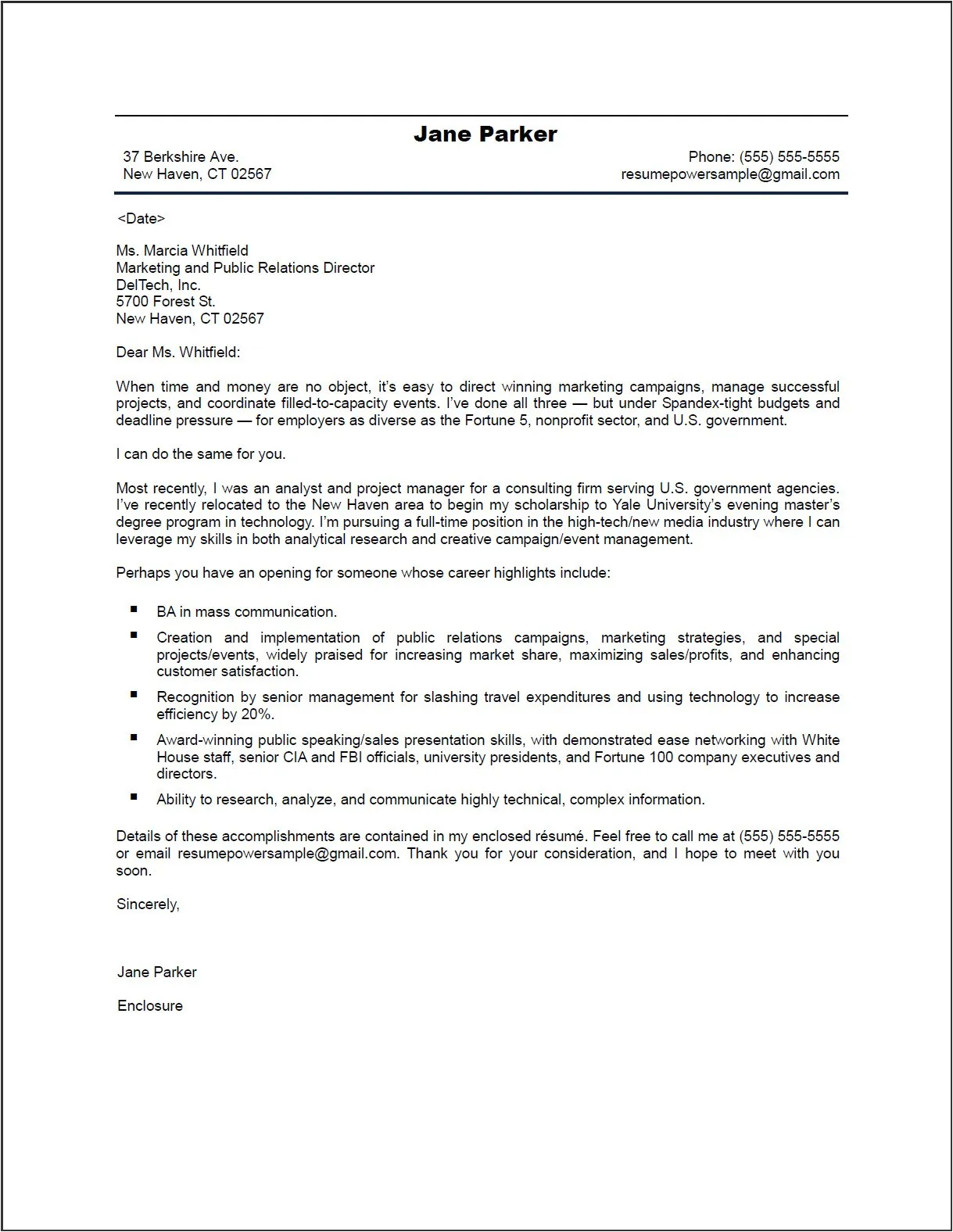
Consistency is key. Use the same font, font size, and style throughout your resume. Maintain consistent spacing between lines and sections. Use bolding, italics, and underlining sparingly to highlight key information. Employ bullet points to make your achievements and responsibilities easy to scan. Properly formatted sections significantly increase your resume’s readability. Pay close attention to detail within each section to ensure that your resume is polished and professional.
Contact Information Formatting
Ensure your contact information is accurate and easy to find. Include your name, phone number, email address, and optionally, your LinkedIn profile URL. Avoid using an unprofessional email address. Keep this section concise and at the top of your resume. It should stand out from the other details while maintaining a professional design and layout.
Summary or Objective Section
This is a brief statement at the top of your resume summarizing your skills, experience, and career goals. A summary is better if you have extensive experience, whereas an objective is better if you are a recent graduate or changing careers. Tailor this section to each job application, highlighting the skills and experiences most relevant to the position. Keep it concise and compelling, aiming to grab the reader’s attention immediately.
Experience Section Formatting
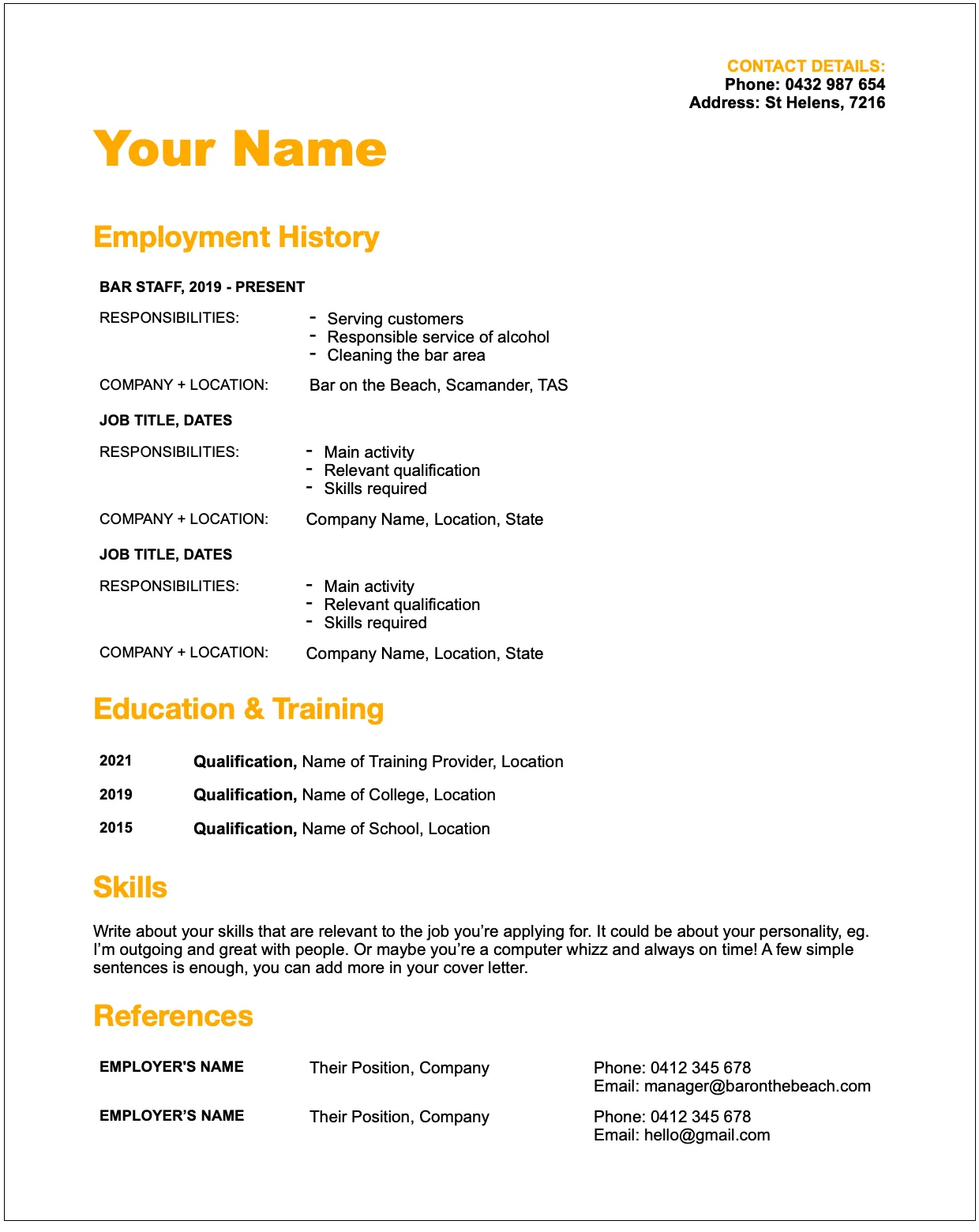
List your work experience in reverse-chronological order (most recent first). For each position, include the job title, company name, location, and dates of employment. Use bullet points to describe your responsibilities and accomplishments, quantifying your achievements whenever possible (e.g., ‘Increased sales by 15%’). Focus on results and use action verbs to start each bullet point.
Education Section Formatting
Include your degrees, universities attended, graduation dates, and any honors or awards received. If you have extensive work experience, you can place this section towards the end. If you’re a recent graduate, your education section may appear higher up. Include relevant coursework or projects, especially if they align with the job requirements.
Skills Section Formatting
Create a dedicated skills section to showcase your relevant skills. Categorize your skills (e.g., technical skills, soft skills, language skills) to make them easy to scan. Tailor this section to the job description, highlighting the skills that the employer is looking for. Use keywords from the job posting to help your resume get noticed by applicant tracking systems (ATS).
Tailor Your Resume to the Job
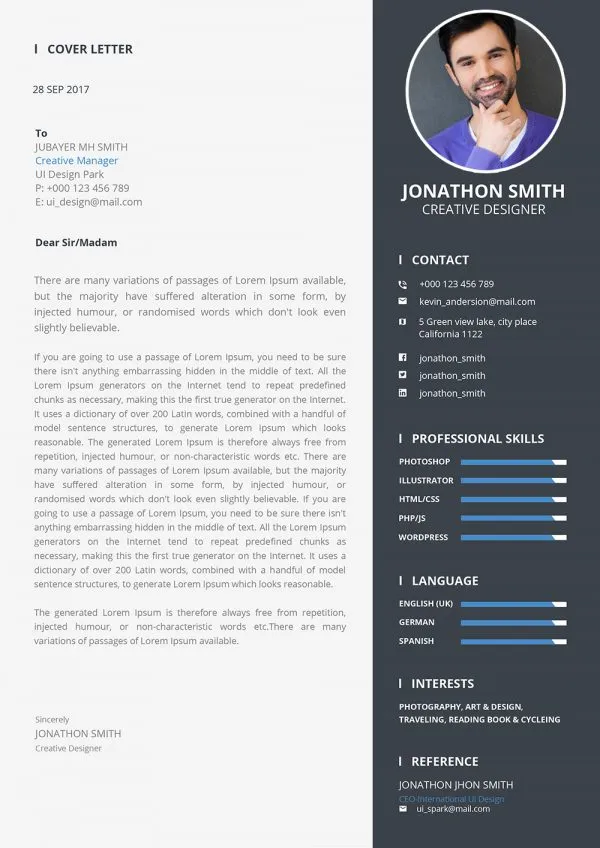
Never send a generic resume. Customize your resume for each job application. Carefully review the job description and highlight the skills and experiences that align with the requirements. Use keywords from the job posting throughout your resume. This shows the hiring manager that you understand the role and have the qualifications they’re seeking. This demonstrates that you’ve taken the time to align your qualifications with their specific needs.
Use a Cover Letter to Expand
The Role of a Cover Letter
A cover letter complements your resume by providing additional context and personality. It’s an opportunity to explain why you are a good fit for the specific role and company. It allows you to elaborate on your achievements, highlight relevant skills, and express your enthusiasm for the opportunity. A cover letter can help you stand out from other applicants, especially if you have gaps in your resume or a non-traditional career path. It helps to personalize your application and demonstrate your genuine interest in the position.
Key Elements of a Cover Letter
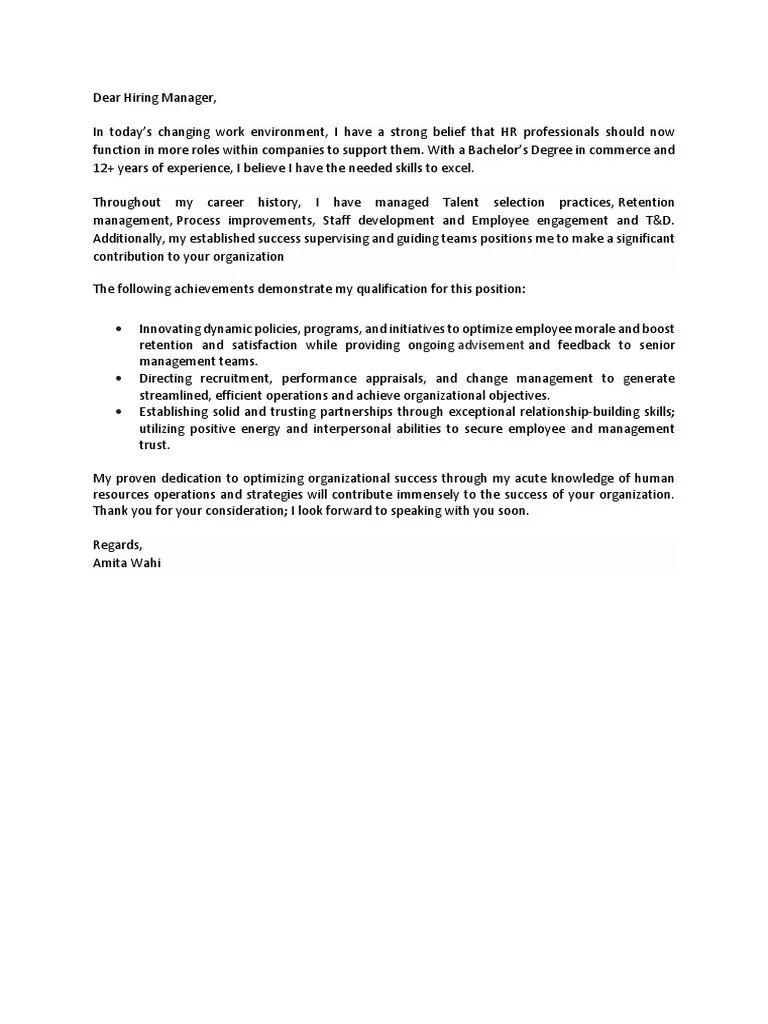
Start with a strong opening that grabs the reader’s attention. Briefly introduce yourself and state the position you’re applying for. In the body of the letter, highlight your relevant skills and experiences, providing specific examples of your accomplishments. Explain why you’re interested in the company and the role. Conclude with a call to action, expressing your enthusiasm and inviting the hiring manager to contact you. Keep the letter concise and focused, typically no more than one page.
Formatting a Cover Letter
Use a professional font and format your cover letter to match your resume. Include your contact information at the top, along with the date and the hiring manager’s name and title (if known). Use clear and concise language, and break up your text into paragraphs with clear headings. Proofread your cover letter carefully for any grammatical errors or typos. Maintain the same level of professionalism and attention to detail as you would on your resume.
Proofread Your Resume & Cover Letter
Check for Errors & Consistency
Before submitting your resume and cover letter, thoroughly proofread them for any errors. Check for spelling mistakes, grammatical errors, and typos. Ensure that your contact information is accurate and up-to-date. Verify that your formatting is consistent throughout the document. A single mistake can undermine your credibility, so take your time and be meticulous in your review. Read through your resume multiple times and even read it aloud to catch any errors.
Get Feedback from Others
Ask a friend, family member, or career counselor to review your resume and cover letter. They can provide an objective perspective and catch any errors you may have missed. Get feedback on the clarity, conciseness, and overall impact of your documents. They can also offer suggestions for improvement and ensure that your documents effectively communicate your qualifications. Their insights can be invaluable in helping you create a compelling and polished resume and cover letter.
